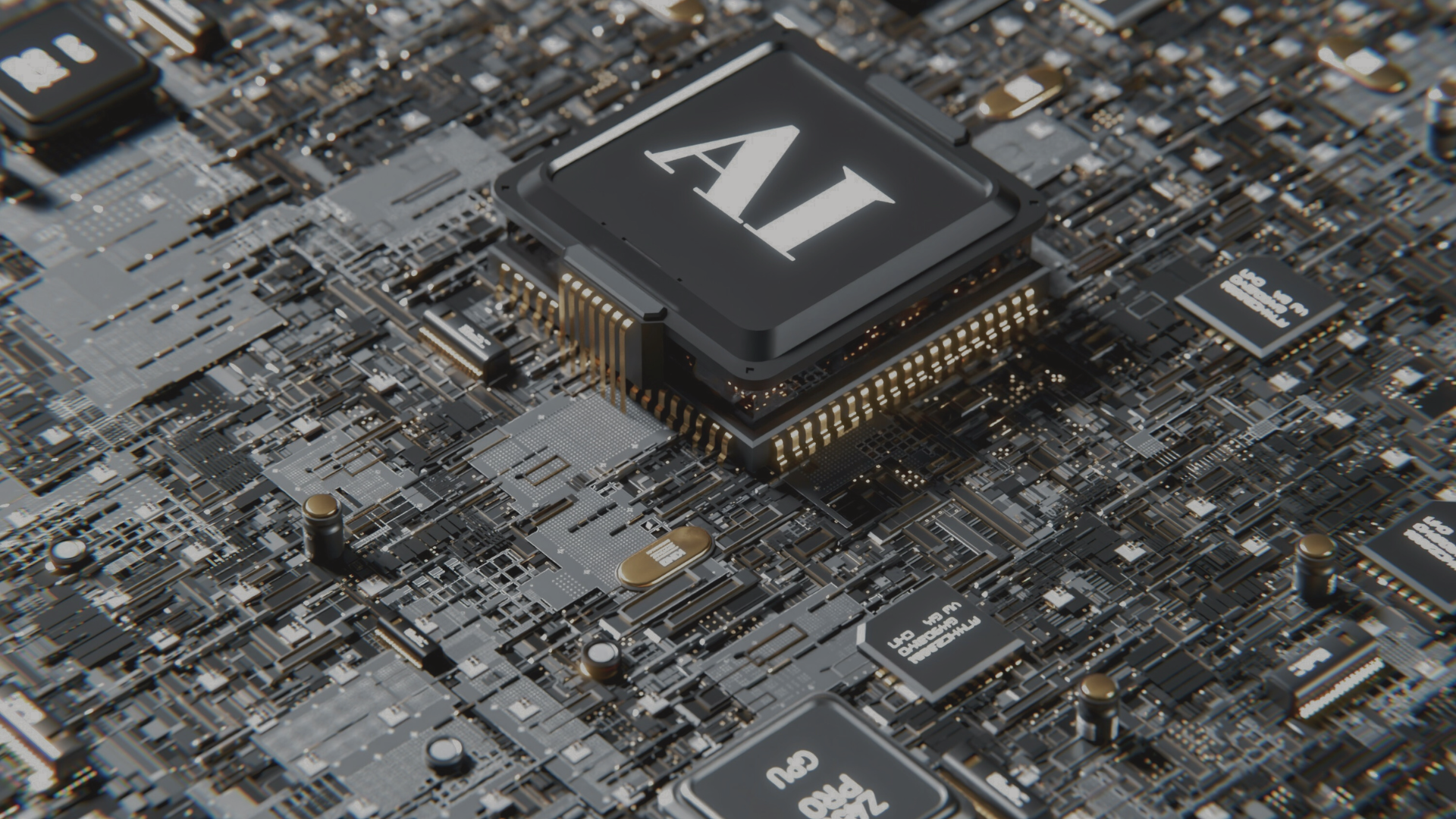How Energy Management Supports Universities Net Zero Goals
- Topics :
- Energy
AI for Energy, Energy for AI: How Utilities and Buildings Are Entering a Feedback Loop
Published November 10, 2025

After decades of steady electricity consumption, the United States is entering a new phase of accelerating demand. Deloitte’s 2026 Power and Utilities Industry Outlook projects that peak electricity demand will rise by about 26 percent by 2035, driven largely by artificial intelligence workloads, transportation electrification, and industrial conversion. What makes this moment unique is that the same technology fueling this growth is also becoming essential for managing it. Utilities and buildings are beginning to operate in a shared digital ecosystem where data, automation, and intelligent control define the next era of energy resilience.
The Power Appetite of AI: Data Centers as the New Load Giants
Artificial intelligence training and inference require enormous computing capacity, and therefore enormous power. Data center electricity demand could reach 176 gigawatts by 2035, a fivefold increase from 2024. These facilities now rival cities in energy use, often concentrated in regional clusters with limited grid capacity. Utilities are responding by revising interconnection rules, demanding better telemetry, and requiring that large customers demonstrate flexibility in operations. Regional grid operators such as ERCOT, PJM, and MISO are piloting programs to integrate these hyperscale facilities into demand response and dynamic pricing schemes. For building owners and operators, this new competition for grid capacity means that load management and flexibility are no longer optional. The ability to shape when and how power is used will increasingly determine operational and financial performance.
AI for Energy: Utilities Adopting Digital Intelligence
As load pressures mount, utilities are turning to AI to operate more efficiently and maintain reliability. According to Deloitte, roughly 40 percent of U.S. utility control rooms will integrate AI analytics by 2027. Predictive maintenance algorithms help reduce equipment failures, while edge-based systems improve substation monitoring and wildfire prevention. Federated learning enables grid operators to improve model performance without centralizing sensitive data. AI applications are also expanding to forecasting, dispatch optimization, and outage restoration. This digital transformation allows utilities to extract more capacity from existing infrastructure, lowering costs and mitigating reliability risks. The result is a smarter, faster grid; one that relies on continuous analysis rather than periodic planning.

Buildings as Active Nodes in the AI-Energy Ecosystem
Buildings are evolving from passive consumers to active energy participants. With intelligent controls and analytics, they can forecast consumption, shift loads, and participate directly in grid programs. Advanced building management systems now use machine learning to optimize HVAC and lighting schedules based on occupancy, weather, and real-time energy prices. Commercial facilities can enroll in demand response programs or virtual power plants, turning flexibility into revenue. By aligning consumption with grid conditions, building portfolios can reduce exposure to peak prices and contribute to grid stability. The technologies that enable these capabilities, such as AI-based sensors, predictive control, and distributed storage, mirror those used by utilities themselves. This convergence marks a major step toward grid-interactive efficient buildings.
Managing the Double-Edged Sword: Governance, Cybersecurity, and Cost
While AI enhances energy efficiency and reliability, it also introduces new risks. The North American Electric Reliability Corporation emphasizes that AI should serve as a decision-support system under human oversight. Utilities and building operators face similar governance challenges: ensuring algorithm transparency, managing data security, and maintaining accountability. As systems become more connected, cybersecurity risks expand, particularly around edge devices and cloud-based analytics. Regulatory frameworks for cost recovery and data management remain uneven across jurisdictions. Buildings integrating AI-driven management systems must plan for both digital resilience and ethical use of data. Trust will become a defining element of digital energy management, determining how quickly innovation scales across the built environment.
The New AI-Energy Symbiosis: Collaboration and Opportunity
AI’s role in the energy system is no longer confined to software. It influences how electricity is produced, distributed, and consumed. Utilities and corporate building owners can collaborate on shared flexibility markets, real-time load curtailment, and performance-based energy contracts that reward responsiveness. Co-location strategies, where data centers share infrastructure or waste heat with nearby buildings, can create new models of efficiency. As the U.S. grid integrates more variable renewables, AI will be central to balancing capacity and demand. The emerging feedback loop between energy and intelligence has the potential to redefine reliability: the ability not only to deliver megawatts, but to manage them intelligently in real time.
References









